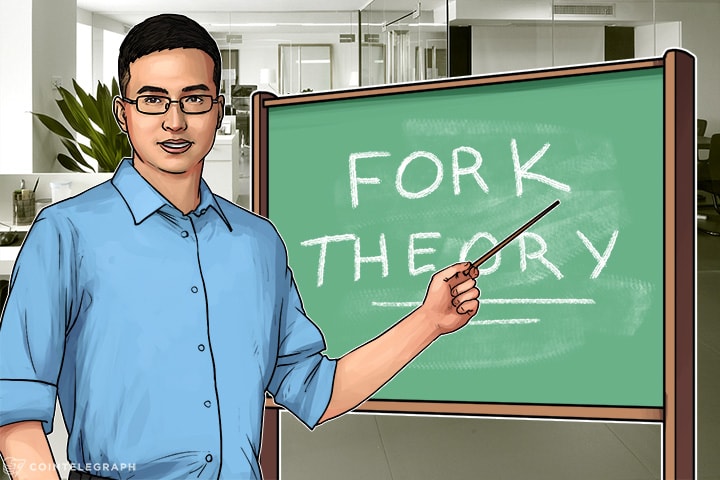On Nov. 23, Achain’s founder Tony Cui made a post on BitcoinTalk Forum unveiling the basic framework of the freshly designed Fork Theory on chain-split. Multiple forum users have fervently responded with technical questions, meticulously evaluating the theory’s value as a potential transition of the current Blockchain model into an all-encompassing ecological reality.
Cui’s purpose of posting was to gather public feedback in preparation for his in-depth keynote on Fork Theory for the upcoming Asia Blockshow in Singapore on Nov. 29. Since 2015 Achain serves as a public Blockchain platform that enables developers of all levels of experience to issue tokens, smart contracts, create applications and Blockchain systems. It is growing internationally since Spring 2017, developing branches and projects in the US, Canada, the UK, Singapore, Switzerland, Mexico, Indonesia, and more.

The posting highlighted seven bullet points of friendly wording. According to Cui, a development such as Fork Theory is made necessary by the abiding concern of technical qualifications restricting Blockchain technology’s accessibility to mass commercial marketplaces.
“How could new developers quickly develop secure Blockchain applications? And where could they even start to find their first customers?”
Inspired by the recent trends of Bitcoin forking, Cui’s theory proposed a coexistence of a main chain and several sub-chains derived from the main. The former is committed to the basic Blockchain infrastructure, while the latter could be customized to the various needs of their applications.
The theory is a bold attempt at gearing the current forking technique towards an end goal of technological innovation instead of just financial profiting. To new developers of future Blockchain applications, it first solves the problem of their initial lack of customers, since the sub-chains inherit the reservoir of existing users directly from the main chain database. Secondly, it avoids disruptions of communications, as all information and value exchange will be shared among all chains following a universal VEP 1.0 (Value Exchange Protocol). At last, the theory requires the type of forking - whether hard or soft - to be considered according to the scenarios required by each application and be voted on by the wide majority of the Achain community.
The theory was commented by at least 20 users within the first hour after publication. They mainly touched on Hard Fork and Soft Fork, sub-chains’ freedom of inheritance and operation, the release of VEP 1.0, and community voting. Thus, a user named @kernighan proposed to compare Achain’s chain-forking with three other solutions available in the existing market: Lightning Network’s Layer 2 Protocol, Ethereum’s sharding, and Lisk’s sidechains. As a response, Cui examined each of the four technologies by analyzing whether it is secure, scalable, decentralized and efficient in performance. He suggested that Achain’s theory, once actualized, will demonstrate as the most balanced alternative.
The question posed by @HBT_HE regarding the risks of ACT (Achain’s designated token) dilution attracted the most attention. Cui appreciatively replied with an emphasis on Achain’s focus on ecological building. He explained that with every new sub-chain made, Achain will incorporate in a new project, and its value will correspondingly witness an increase.
Cui wrote:
“Achain has always been focusing on ecological development. The team is confident that the value to be created by its growing dimension would eventually balance out the risks of dilution.”
Achain was very grateful for the BitcoinTalk community’s support and feedback. They encouraged more valuable questions to be raised and more technological ideas to be shared at the upcoming Blockshow presentation.


